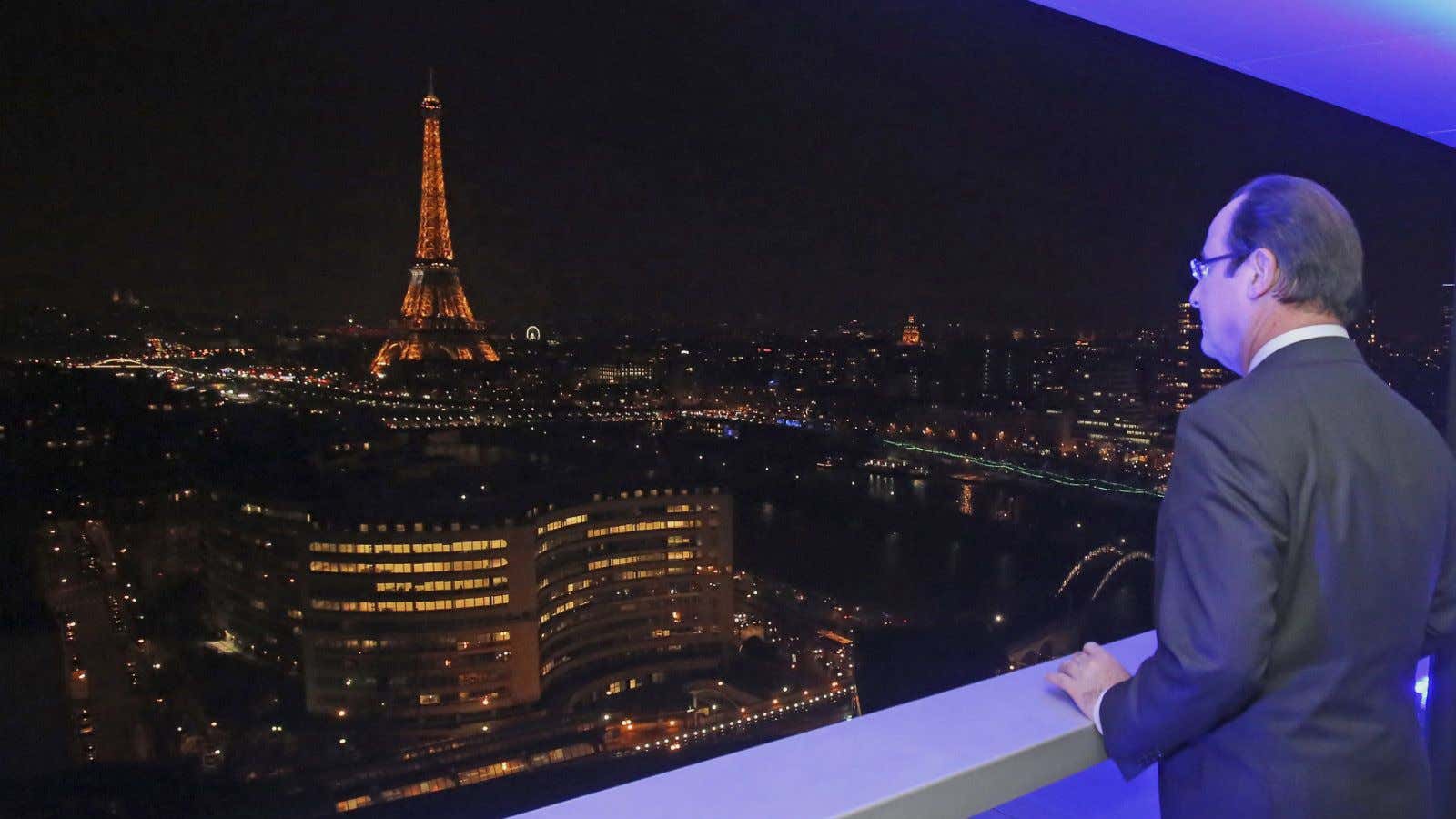Copyright law gets a bad reputation for being heavyhanded—and deservedly so.
America gets most of the flak thanks to its rather generous copyright terms and the zeal with which its law enforcement agencies pursue online infringers. But some countries in Europe are no more enlightened. Indeed, taking a photo of the Eiffel Tower at night for any reason other than personal use is, technically, a violation of French copyright law, notes EU Observer, a European policy and current affairs website. A daytime photo is fine—copyright on the structure itself has expired—but night time photos remain problematic because the light show is more recent than the tower itself.
Also illegal is taking a photo of the Atomium, Belgium’s most famous tourist attraction after the tiny statue of a little boy urinating. Indeed, even taking a photograph of the European Parliament building in Belgium is problematic. The building’s location subjects it to Belgium’s copyright laws, which are more restrictive than the EU’s. The European Parliament doesn’t own the copyright to its buildings—an architectural firm does—and so can’t grant permission to photographers.
This rather odd state of affairs finds its roots in an optional EU directive that frees up buildings in public spaces from strict copyright restrictions. France, Belgium, and Italy didn’t include the EU legislation into national law, allowing them to keep their more restrictive provisions. The Atomium website, for instance, makes this very clear: “The image of the Atomium is protected and can only be used under certain conditions,” it states. “Prices depend on whether it is to be used for a cultural, educational or commercial purpose.”
